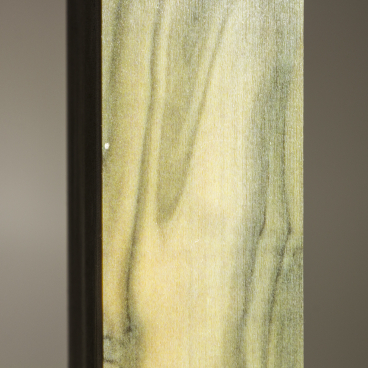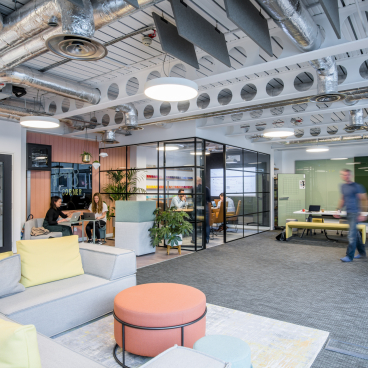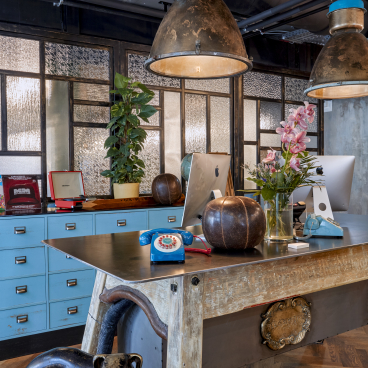That’s Caffeine feels and looks like granite stone, it's lightweight, its sustainable and biodegradable.
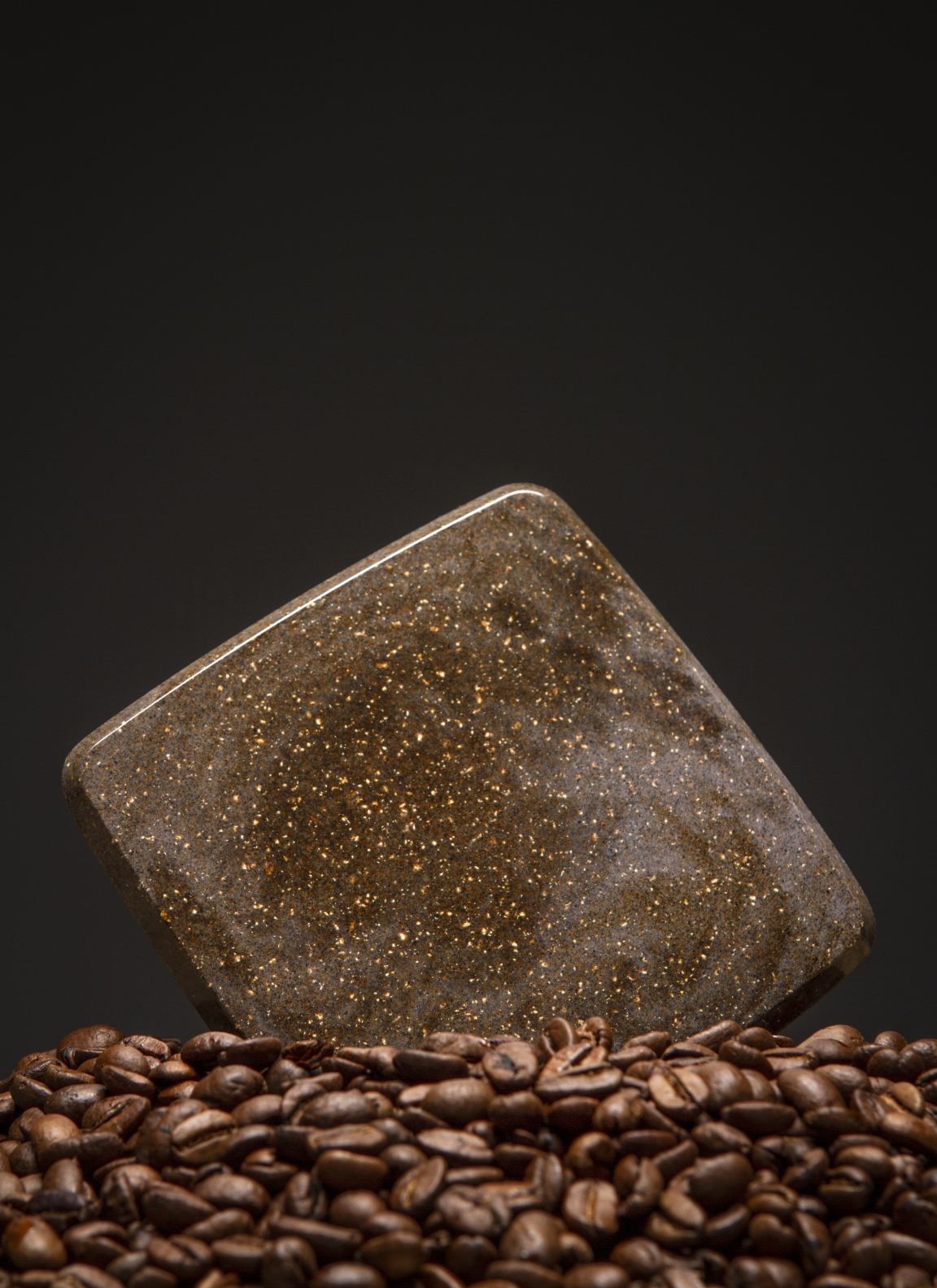
That's Caffeine - Images via Atticus Durnell
We caught up with Atticus Durnell, the award-winning creator of That’s Caffeine. Hand made in Kent, that’s caffeine feels and looks like granite stone, and because it’s a composite of bio-binders, minerals and plant-based resin, it's lightweight, its sustainable and biodegradable.
That's Caffeine provides a real alternative to plastics, whilst avoiding the use of petrol-based resin and diverting coffee waste from landfill, delivering distinctive surfaces and colours.
With numerous uses such as furniture, lighting, fittings and more recently tiles, countertops and even roofing, we wanted to know more about the product and the person behind it.
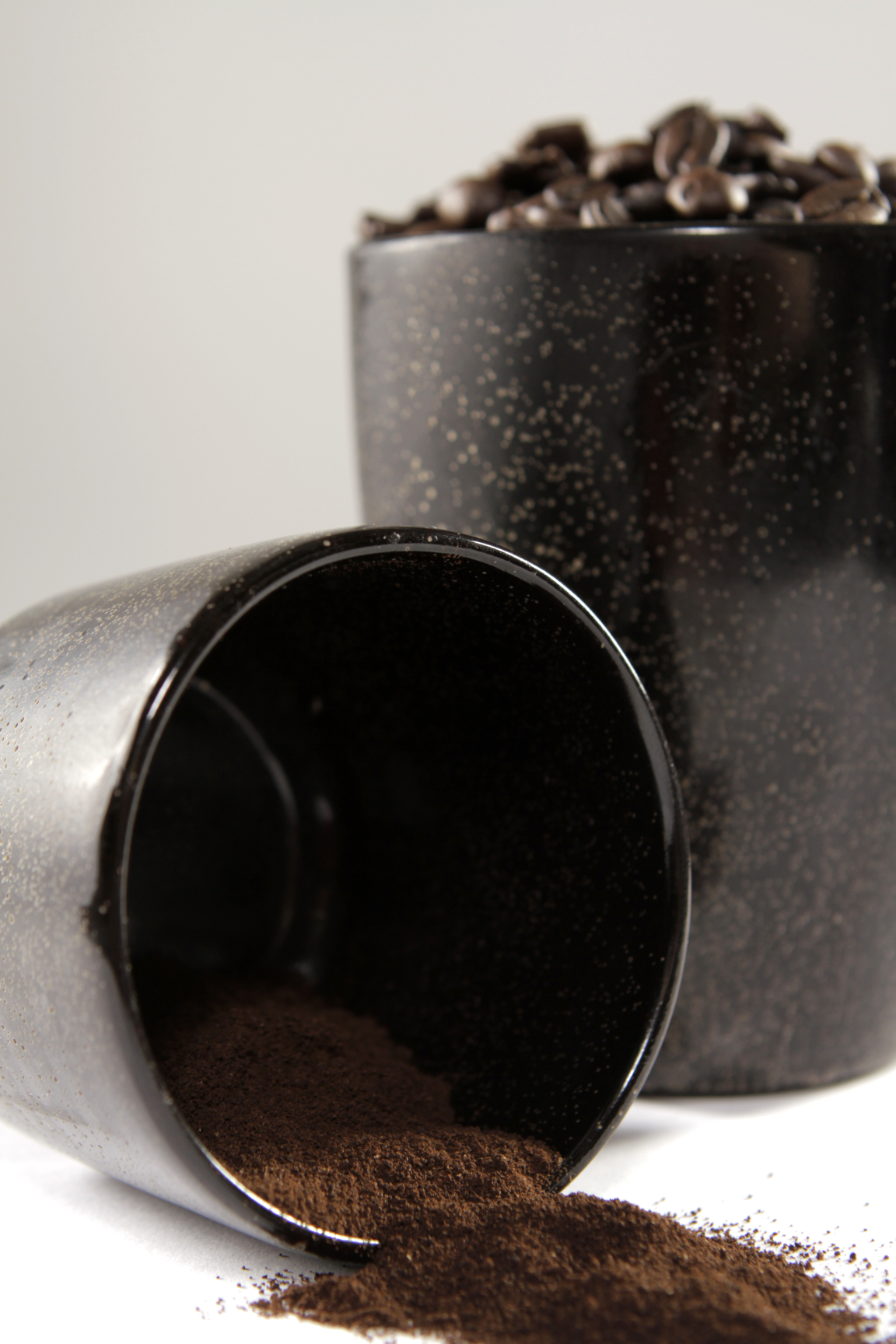
That's Caffeine - Images via Atticus Durnell
Tell us about you, your inspiration, your process, your style?
I'm an industrial designer and maker who is curious by nature. I believe difficulties are just unseen opportunities and I'm passionate about creating remarkable objects that meet our daily needs. My processes vary and depend on the project, but what they have in common is that I'm trying to place myself in the scenario of the potential project / product to better understand the context and in doing so solve the problem more efficiently.
That’s Caffeine is an incredible story, how did it come about?
I was always interested in recycled and upcycled design. I'm highly inspired by Bentu Design, which are making remarkable, high-end products out of waste. When I learned about Kaffeeform and then did more research to find the implications of coffee grounds being left en masse on the landfills I started working on a project where I would combine Bentu principles and craft with the Kaffeeform coffee initiative
That's Caffeine started as university project but since interest at New Designers and ongoing recognition I feel its important to work on iterations and making this product better will only benefit everyone in the future.
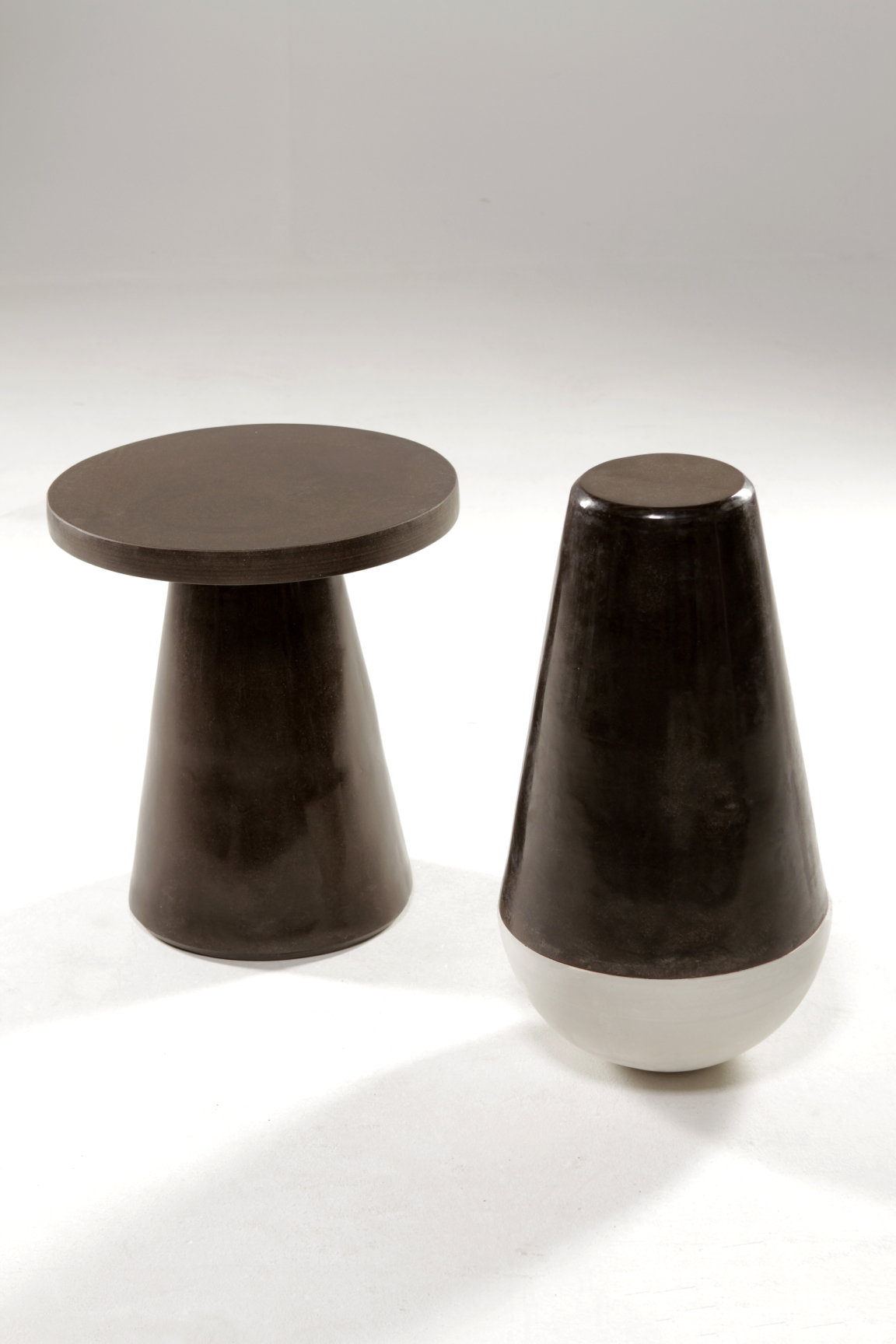
That's Caffeine - Images via Atticus Durnell
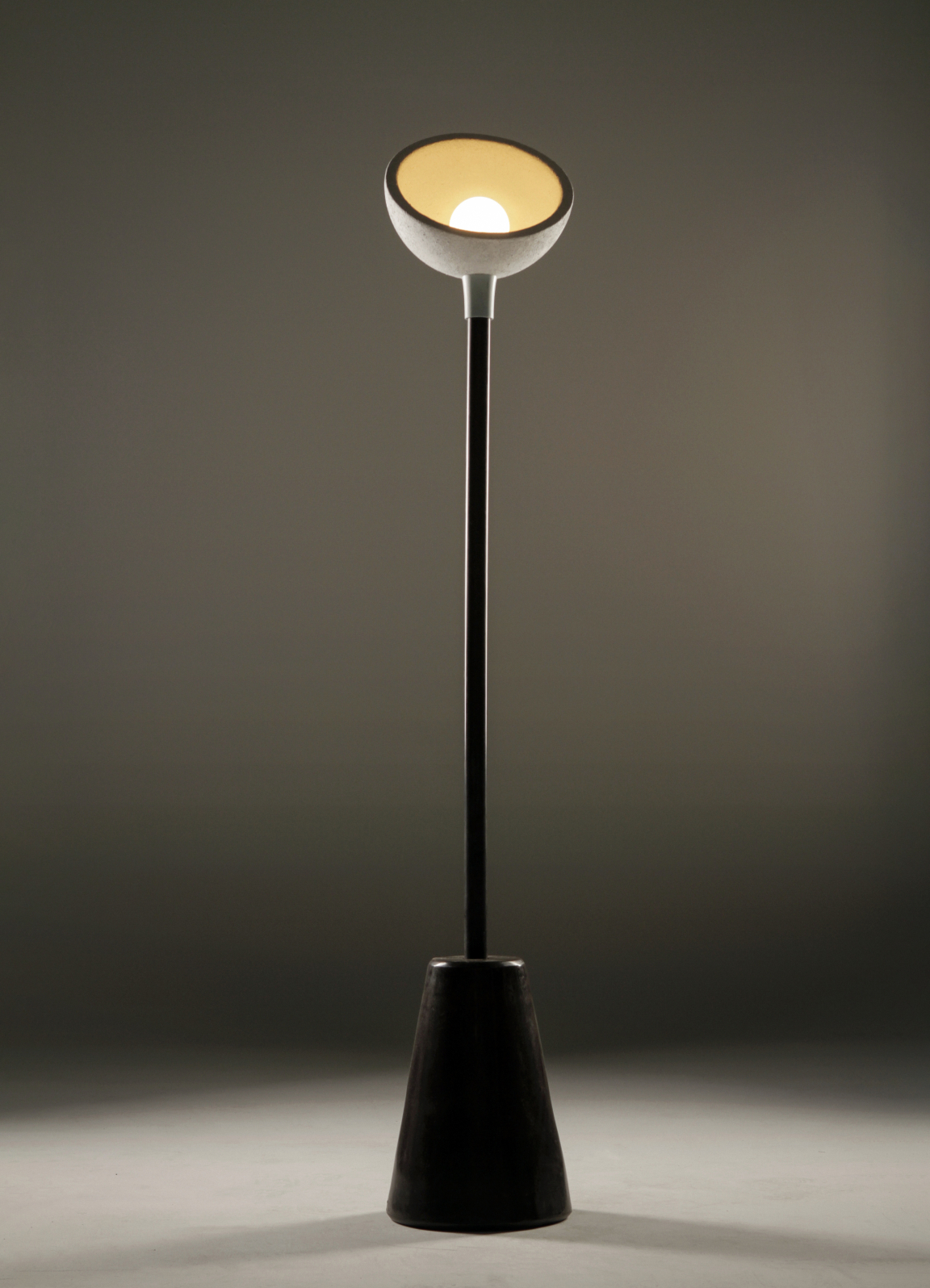
That's Caffeine - Images via Atticus Durnell
You've said, you believe that designers hold the responsibility for the future of our planet, tell us more about this thought?
That's correct. Everything we have or surround ourselves with has been designed. With the real danger of us running out of raw materials essential in the production of plastics, concrete and technology, a designer should carefully consider the chosen materials for the products they are working on. Also designing with end in mind is extremely important. Reducing just isn't enough anymore. We should design in way where there is no waste.
How has the interior / construction industry reacted so far to the potential of That’s Caffeine?
That's Caffeine got a good response from the product and interior industry, I'm still yet to present it at more construction orientated shows. So far the feedback has been great and there is lots of interest. Also during this years Clerkenwell Design Week, That's Caffeine received the Design Guild Mark which is an extremely good indicator that I'm going in the right direction with the material and products.
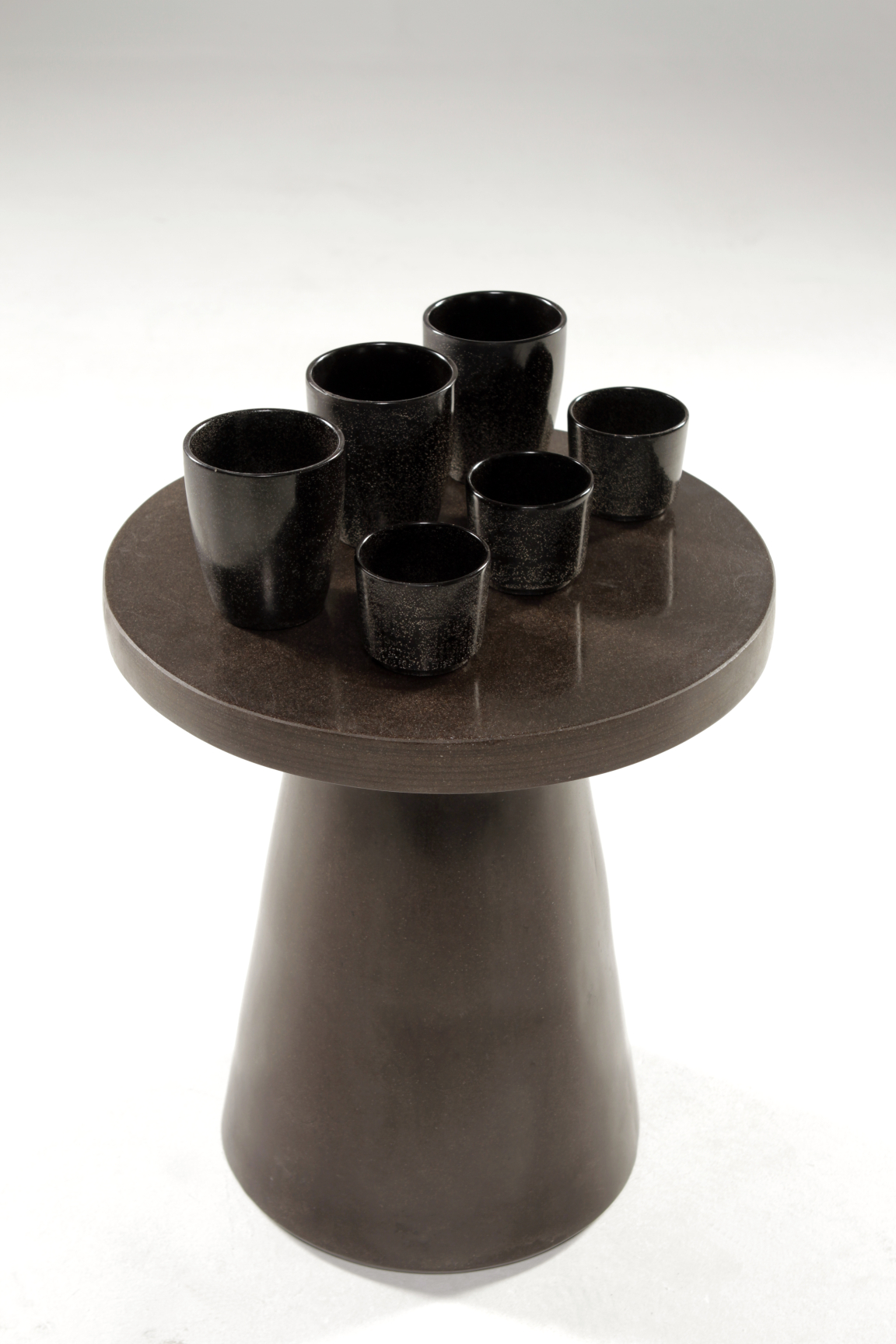
That's Caffeine - Images via Atticus Durnell
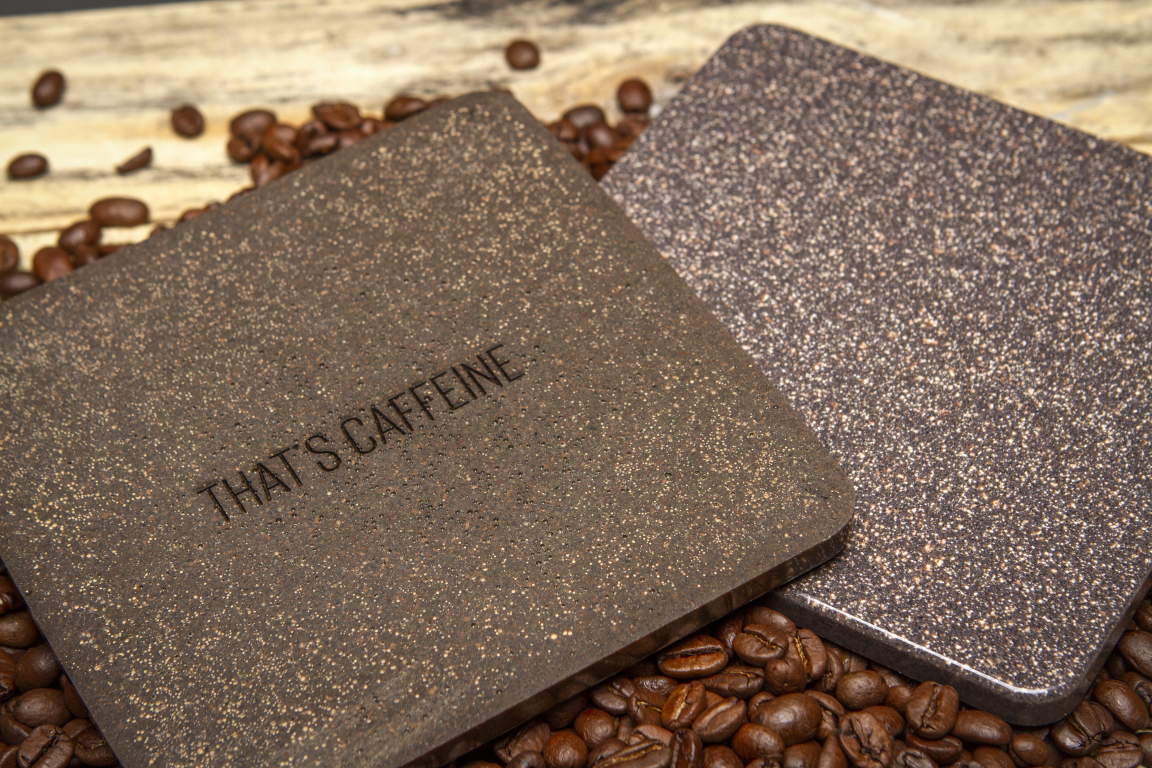
That's Caffeine - Images via Atticus Durnell
Sustainability and materials are obviously very important to you; can you tell us what’s next?
I will be still be working to improve That's Caffeine, but I'm also on the lookout for the next new potential materials that I could work with. Also I would like to bring more attention to the misconception regarding the abundance of raw materials to a wider audience. I'm also getting in touch with fellow material driven designers and I'm pulling together a speaker panel regarding sustainability, materials and what lies beyond at this years 100%Design talks.
Finally, who do you admire in the world of design and why?
My design heroes are Dieter Rams and Naoto Fukasawa, I feel connected to them because I share their same simplistic approach to design. I'm inspired by German Modernism and Japanese Minimalism. Recently I'm looking up to Benjamin Hubert and his studio Layer Design work for combining the above two themes.
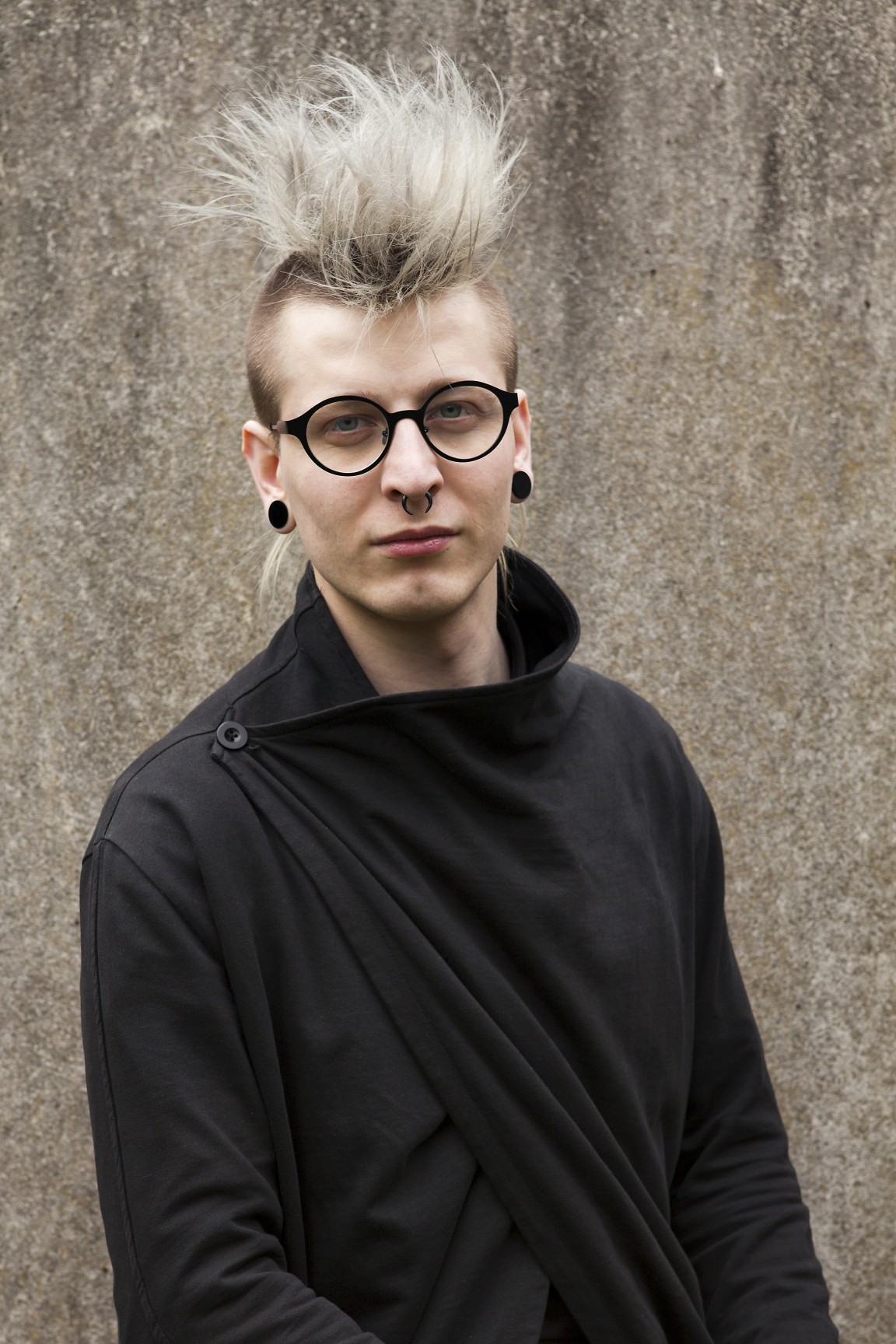
Atticus Durnell - Images via Atticus Durnell


